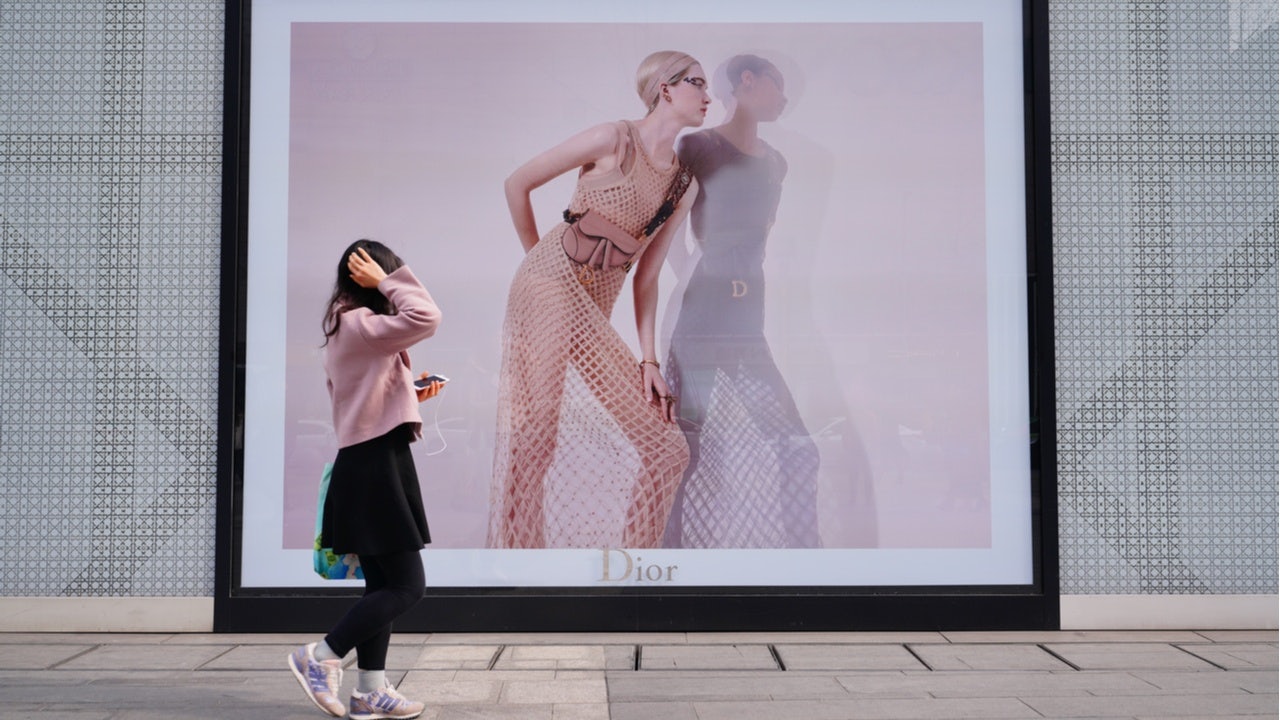Many luxury brands are struggling to keep their stores afloat. Even before the pandemic, After speaking with luxury fashion brands all over the world, I realized they were all facing a similar challenge: decreased store foot traffic. For many luxury brands, having only 20-40 percent profitability across all their stores during good times is normal. As much as 90 percent of some brands’ stores are unprofitable, and these are pre-pandemic numbers.
COVID-19 was like adding petrol to an already roaring fire. From paying high rents in malls and top retail locations to store staff, unsold items, and advertising, running the profit & loss for a luxury store operation has become a nightmare for many brands. These costs have compounded now that customers around the world are reducing their store trips. In many cases, these changes in behavior will become permanent. So, what should luxury brands do?
For many, luxury is synonymous with unforgettable, in-store, human-to-human experiences. We often picture a fancy storefront, where we are looking through its window, desiring one of the beautiful, shiny items on display. Then, when we walk through those doors, we picture being greeted by an exceptionally friendly staff member. They will make us comfortable, serve us a coffee or even a glass of champagne, and provide us with a magical moment that will create a lasting memory.
In this ideal world, we are greeted with a huge smile and by name. And for that moment, we leave our worries from the day outside the building. The catch? Try to remember how many times reality has matched your dream. Chances are, you experienced something blander and primarily transactional. The store staff was probably friendly enough, but the experience lacked anything memorable. In some cases, you might have been confronted with arrogant staff, and you were given impatient, sub-par, or hastened service. Maybe you even had experiences that were so bad that you never want to go to that store again.
By thinking in this manner, it’s easy to see that brands need to take a fundamentally different starting point to increase their store traffic. Luxury brands, now more than ever, must think holistically about the luxury experience. Below are the three building blocks that brands need to have in place to stay relevant and manage their store operations profitably.
Don’t waste your customers’ time#
The pandemic will make customers think twice if they want to spend time in a store. After all, time is the scarcest asset we have, and going to a store is either a memorable experience or a waste of time. There is rarely anything in between. In the past, due to a lack of alternatives and long-standing habits, we accepted almost any experience from stores. There was no choice. If we wanted to buy a luxury handbag, a luxury dress, or an expensive painting, we needed to go to a physical location.
But now, these times are over. COVID-19 has made our lives dramatically more digital, and the behavioral changes that we’re experiencing will last. In an ongoing long-term study by IMS Hong Kong and Équité that used artificial intelligence to analyze online conversations of more than 50,000 people, they showed that, since the start of the pandemic, women cared more than ever about their quality of life and the time they dedicate to specific tasks. I expect women to scrutinize even more what they will spend their time on. As a result, they will demand even more from store experiences than they do today.
What does this mean for brands? The store experience needs to be rigorously planned at every step. Brands have to think more like they are a theatre providing a “play.” The role that each store staff has in providing the experience needs to be crystal clear. Focusing just on product knowledge and friendliness falls short in a world where customers expect to be entertained.
Create a brand story#
The biggest misconception in luxury is that great service is enough. I often see service manuals with language like “we expect our staff to provide world-class service.” I believe statements like these are bullshit. Why? They are not actionable. You probably wouldn’t know what to do if you were told by your company to provide “world-class service.”
Instead, our service needs to be “branded.” That means a company needs to have full clarity on what the brand stands for and then authentically deliver brand values in a differentiating way through the service experience. If this is done right, the service will feel uniquely different, whether it’s a store owned by Louis Vuitton, Dior, Gucci, or Balenciaga. If the experience is similar, even if it is a great experience, then there is no distinct brand storytelling, and you didn’t create a branded memory. Without differentiation, a brand can’t get buzz, loyalty, or repeat customers.
That is the reality and not the exception. Brands must act fast so that they don't lose relevance with rapidly-changing customer expectations. Brand storytelling means that you need to assess if your brand positioning is sharp enough and differentiated enough. That isn’t the case with more than 90 percent of audited brands, which means most brands are not able to tell a relevant, distinct, or ownable brand story. A great brand story is your key enabler of price premiums and profitability. Brand equity drives the ability to price — something many brands underestimate.
Fill your store through digital leadership#
The times of “online versus offline” are long over. Most luxury brands don’t only fall short in the in-store experience, but they also severely underperform in their digital journeys. This fault is fatal because the fundamental decision to purchase a brand is determined along the digital journey before a customer even walks into a store.
In other words: If you don’t lure your customers through the digital funnel before they enter the store, they will never even consider you. In a project for a leading Italian fashion brand, the root cause of its inability to fill its flagship stores was due to severe digital shortcomings. While the management of the brand was convinced that they were doing great in digital, an audit using highly-sophisticated artificial intelligence technologies to benchmark its effectiveness compared to competitors throughout the digital journey identified that the brand was drastically underperforming. Store traffic was drying up because competitors were more effective at reaching customers than they were, despite a multi-million-dollar budget for digital activations.
The amount spent doesn’t guarantee success if it can’t lead to a competitive digital advantage. More importantly, smaller brands that can create relevant content and connect with their audiences on digital platforms are often more successful with limited budgets than brands that spend a hundred or a thousand times more on irrelevant content. Brands need to shift their thinking from “bigger is better” in digital to gaining an advantage with a smart, nimble, and sophisticated digital infrastructure, clever use of artificial intelligence, and relevant content that creates consumer desire.
The way forward#
The pandemic has forced all brands to question everything. Assume that, right now, your competitors are working as hard as you are to rebound from the crisis. So, just adding digital capabilities, creating a new website, or redecorating your stores will not be insufficient. You must think holistically about creating desire and exciting your customers through an interconnected experience — online and off — that creates memories for them, again and again. That requires meticulous dedication and focus and will most likely change the way you operate and communicate as a brand. It requires luxury training of your staff and a deep understanding of how luxury expectations are changing. It requires the humbleness to question what you are currently doing and not settle for compromises, simply because brands that compromise now will not have a future.
Daniel Langer is CEO of the luxury, lifestyle and consumer brand strategy firm Équité, and the professor of luxury strategy and extreme value creation at Pepperdine University in Malibu, California. He consults some of the leading luxury brands in the world, is the author of several luxury management books, a global keynote speaker, and holds luxury masterclasses in Europe, the USA, and Asia. Follow @drlanger


